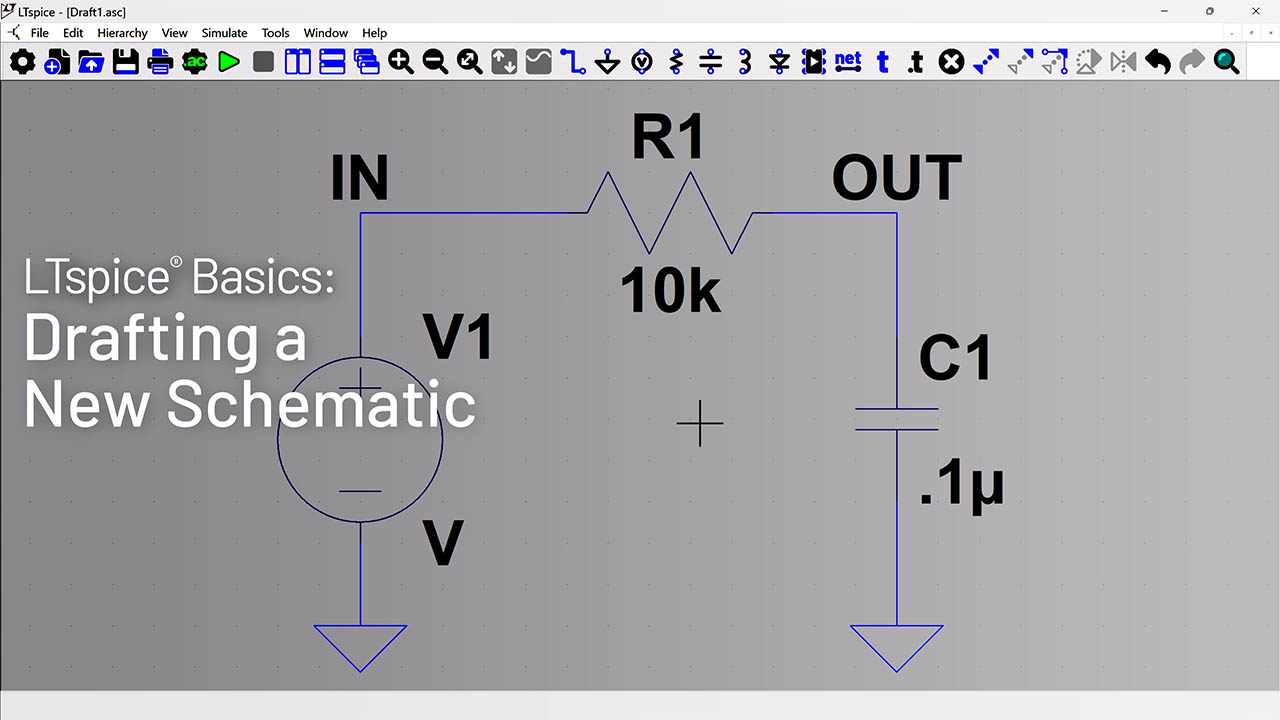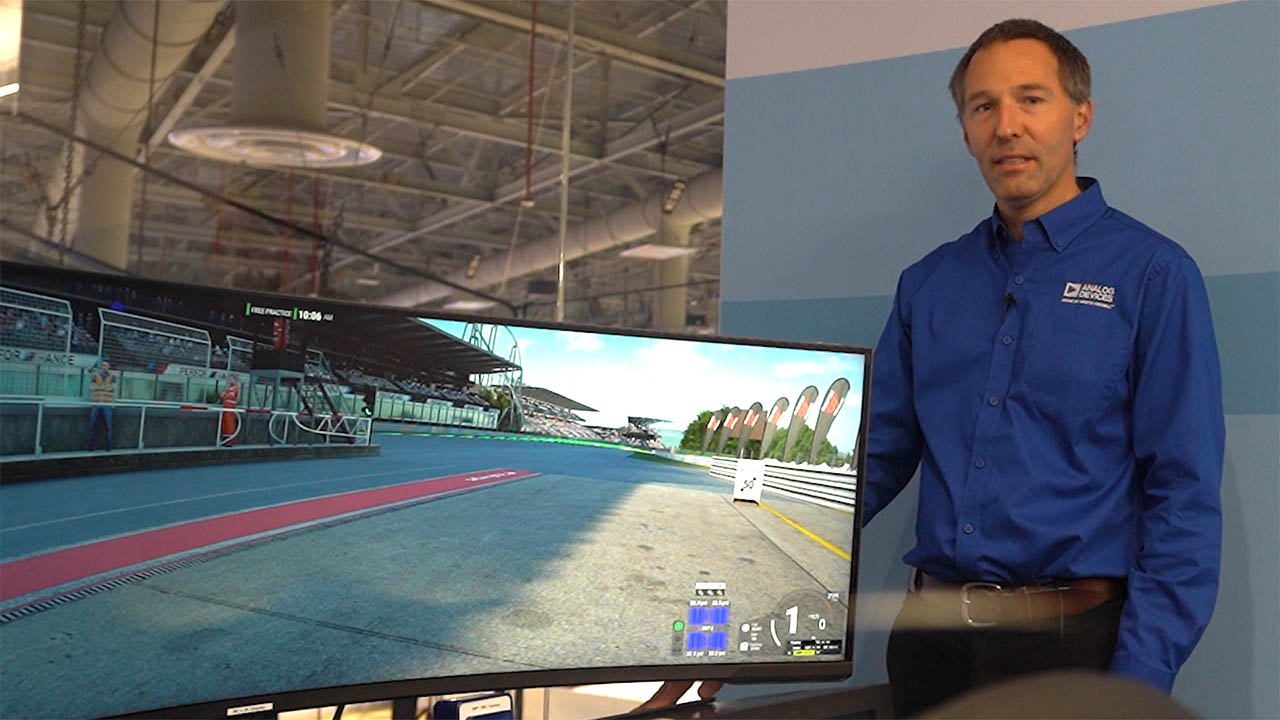MAX2510 I/Q Modulator Performance In The Presence of DC Offset Voltages
Abstract
RF systems which require direct coupling between the baseband output DAC and the input to the I/Q modulator present a design challenge. This unique requirement of direct coupling does not exist in many RF systems because the modulation and encoding are contrived to avoid the need for DC response at this point in the system. When the need for very low frequency response exists, a way must be found to route the DAC output signal into the I/Q modulator while providing acceptable RF performance. This application note describes tests carried out on the MAX2510 IF transceiver to measure the impact of DC coupling into the modulator, presents the test results, and proposes a simple circuit to provide the DC interface to the MAX5183 DAC.
Introduction
RF systems which require direct coupling between the baseband output DAC (digital to analog converter) and the input to the I/Q (in-phase/quadrature) modulator present a design challenge. This unique requirement of direct coupling does not exist in many RF systems because the modulation and encoding are contrived to avoid the need for DC response at this point in the system. When the need for very low frequency response exists, a way must be found to route the DAC output signal into the I/Q modulator while providing acceptable RF performance. This application note describes tests carried out on the MAX2510 IF transceiver to measure the impact of DC coupling into the modulator, presents the test results, and proposes a simple circuit to provide the DC interface to the MAX5183 DAC.
The results showed that in the presence of 10mV of offset on one modulator input, the LO (local oscillator) suppression is degraded from -43dBc to -20dBc. Offset voltages of ±20mV on both I and Q inputs degrades the LO suppression to -15dBc. Test were conducted with the LO at 200MHz.
Approach
The impact of offset voltage on the RF performance of the I/Q modulator in the MAX2510 needs to be understood before an interface can be designed. To assess this impact, the MAX2510 evaluation kit was modified to allow varying of the offset voltages (see Figure 1), while the I/Q modulator output was observed on a spectrum analyzer.

Figure 1. MAX2510 modulator offset voltage test setup.
The standard MAX2510 evaluation kit is modified by adding three 10-turn potentiometers. One sets the gain control voltage for the output amplifier. The other two 10-turn potentiometers serve to impose an offset voltage on the I and Q inputs to the modulator. A signal generator is used to supply the 200MHz, -13dBm local oscillator. A signal generator with baseband quadrature outputs is used to drive the I and Q inputs of the modulator. 10dB attenuators reduce the I and Q signal level supplied to the MAX2510 to avoid distortion. The output spectrum is observed on the spectrum analyzer.
It was predicted that the main impact of offset voltage would be the LO suppression of the modulator. This was proven true in a few quick experiments where the output spectrum was observed while the offset voltage was varied. The sideband suppression showed very little change, and the same was true of the gain and second harmonic level.
Table 1 presents the actual data from laboratory measurements, showing the dependence of LO level on the offset voltage.
Test conditions for all data are:
- All tests at room temperature
- Type of modulation: CW
- VCC = 3.3V
- VBIAS = 1.809V
- VGC = 2.003V
- LO = 200MHz, -13dBm
| Vary just the QOFFSET | QOFFSET voltage (mV) | LO level (dBc) | IOFFSET set for minimum (mV) | SA Ref. level | LO | VBIAS | VGC | |
| 0 | -43 | 2 | -13dBm | 200MHz, -13dBm | 0.4V | 1.809V | 2.003V | |
| -4 | -28 | 2 | ||||||
| -9 | -22 | 2 | ||||||
| -19 | -15 | 2 | ||||||
| 6 | -22 | 2 | ||||||
| 11 | -18 | 2 | ||||||
| 21 | -13 | 2 | ||||||
| Vary the IOFFSET | IOFFSET voltage (mV) | LO level (dBc) | QOFFSET set for minimum (mV) | |||||
| 0 | -44 | -1 | ||||||
| 3 | -33 | -1 | ||||||
| 8 | -23 | -1 | ||||||
| 13 | -18 | -1 | ||||||
| 18 | -15 | -1 | ||||||
| -7 | -21 | -1 | ||||||
| -12 | -18 | -1 | ||||||
| -22 | -13 | -1 | ||||||
| Vary both the IOFFSET and QOFFSET | QOFFSET voltage (mV) | IOFFSET voltage (mV) | LO level (dBc) | Lower sideband (dBc) | 2nd harmonic | |||
| -3 | 2 | -44 | -40 | -34dBc | ||||
| -20 | 2 | -20 | -40 | |||||
| -20 | 20 | -17 | -40 | |||||
| 20 | 20 | -16 | -40 | |||||
| 20 | -20 | -15 | -40 | -32dBc | ||||
Proposed Interface
Using the lab results, an interface can be proposed to connect the MAX5183 DAC to the MAX2510 modulator. Figure 2 shows the interface design complete with the required low pass filter.

Figure 2. Interface design with Butterworth low pass filter.
The interface uses resistors to implement the needed level shifting. Some readers will object to the loss of this interface. This loss is acceptable because the signal amplitude from the MAX5183 DAC is larger than needed to drive the MAX2510 I/Q inputs. Another concern with this proposed interfaces is noise conducted from the power supply to the I and Q inputs. The use of differential networks causes any power supply noise to be presented to the inputs in common mode fashion. The common mode rejection of the modulator should help to reject this noise and keep the output spectrum clean.
Related to this Article
Products
PRODUCTION
Low-Voltage IF Transceiver with Limiter RSSI and Quadrature Modulator
PRODUCTION
Dual, 10-Bit, 40MHz, Current/Voltage Simultaneous-Output DACs
Product Categories
{{modalTitle}}
{{modalDescription}}
{{dropdownTitle}}
- {{defaultSelectedText}} {{#each projectNames}}
- {{name}} {{/each}} {{#if newProjectText}}
-
{{newProjectText}}
{{/if}}
{{newProjectTitle}}
{{projectNameErrorText}}



















